Why Retail Investors Are Turning to Industrial STNLs
SRS' Matthew Mousavi on the merits of expanding your net lease focus.
Pressed by low cap rates and a shortage of for-sale properties, single-tenant net lease retail investors are increasingly looking outside their comfort zones—but not too far.
The lines of retail and industrial assets have and continue to blur and merge with one another. With ecommerce continuing to command more market share from the traditional retailer, and vacancy rates extremely low, traditional STNL retail investors have been turning their attention to industrial STNL assets. This is a logical progression as well as a strategic one for those seeking passive, cash-flowing assets that are poised to see demand and appreciation for years to come.
Over the past several years, our STNL group which started out in the retail space has added several billion dollars of industrial STNL industrial sales and counting to our mix and we see that growing exponentially in the near and distant future.
The following are some of the key reasons industrial STNL has been an attractive investment for the traditional retail buyer.
- The industrial sector is hot: As I mentioned above, industrial vacancy rates are tight, with rents rising and demand continuing by occupiers of industrial property, many major markets across the nation are experiencing 3 percent and below vacancy rates. Investors realize the important role the supply chain plays in bringing products from businesses to consumers, and want to invest in real estate assets that play an integral part in that supply chain—whether it be warehouses, production facilities, sorting facilities, and last-mile distribution facilities. The investors personally understand the connection between the consumer and this property type.
- Location flexibility: Unlike a grocery store retailer or a quick service restaurant with drive-thru, which needs to be on a “Main & Main” type location, STNL industrial assets have less restrictive location requirements. This opens up a larger geographic area and more options for investors to consider when looking for assets. For example, a last-mile distribution facility can be on the outskirts of town and still have premium value to a user and subsequently, an investor.
- Pricing: Industrial asset prices per square foot can be less than half of the price of a comparable STNL retail property, as retail net lease lends to a higher rents per square foot. Cap rates for industrial can also be higher than that of long-term leased retail—although that spread has tightened over the past 24 months or so. With interest rates rising, industrial assets can generate attractive levered returns, especially when compared to some investment-grade retail.
- Sale-leasebacks: As with the popular and coveted retail STNL sale-leaseback deals, industrial sale-leaseback offerings are very popular with investors, both public and private in profile. Much like retail sale-leaseback strategies, investors are attracted to the stability of single-tenant assets with new, long-term leases negotiated in conjunction with the closing, and, they prefer the rent and basis fundamentals that many sale-leaseback offerings provide the investor. With that said, we have been structuring the industrial leaseback transaction in a similar fashion as we do retail sale-leasebacks which promotes a smoother transaction process. This includes longer leases commonly found within retail of 10-15-20 year terms, absolute net leases with the tenants absorbing all or most of the expenses and responsibilities associated with them, and scheduled increases.
Sale-leasebacks will continue to be a popular transaction. For the operators themselves, this strategy has an increasingly popular financing alternative as they provide enhanced liquidity for the operators so they can deploy into growing their business, opening new facilities, and paying down debt, among other uses for the capital.
The industrial STNL world will grow as ecommerce increases market share. With a substantial base of 1031 exchange buyers and small- to mid-size offices, we will see more and more players expand their portfolios in this sector including REITS, institutions, and larger investment firms.
Matthew Mousavi is a managing principal, National Net Lease Group, SRS.


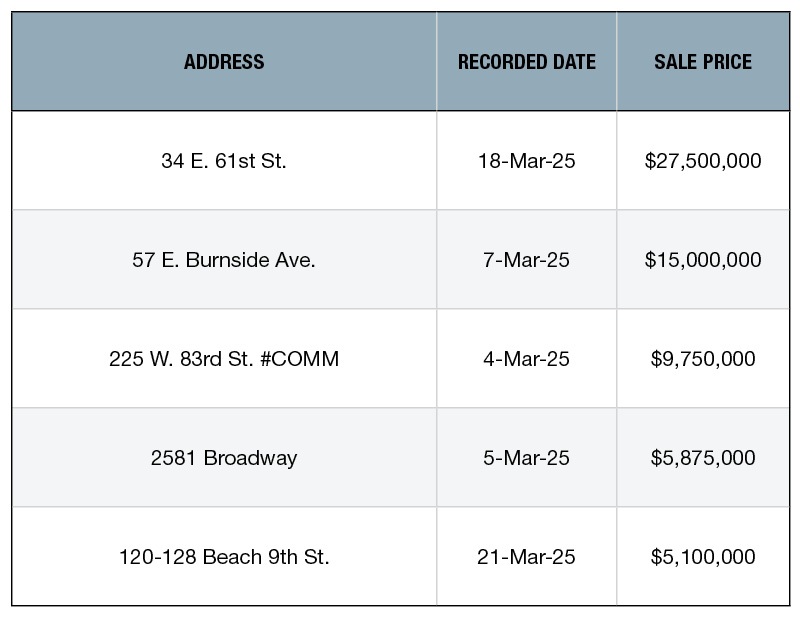

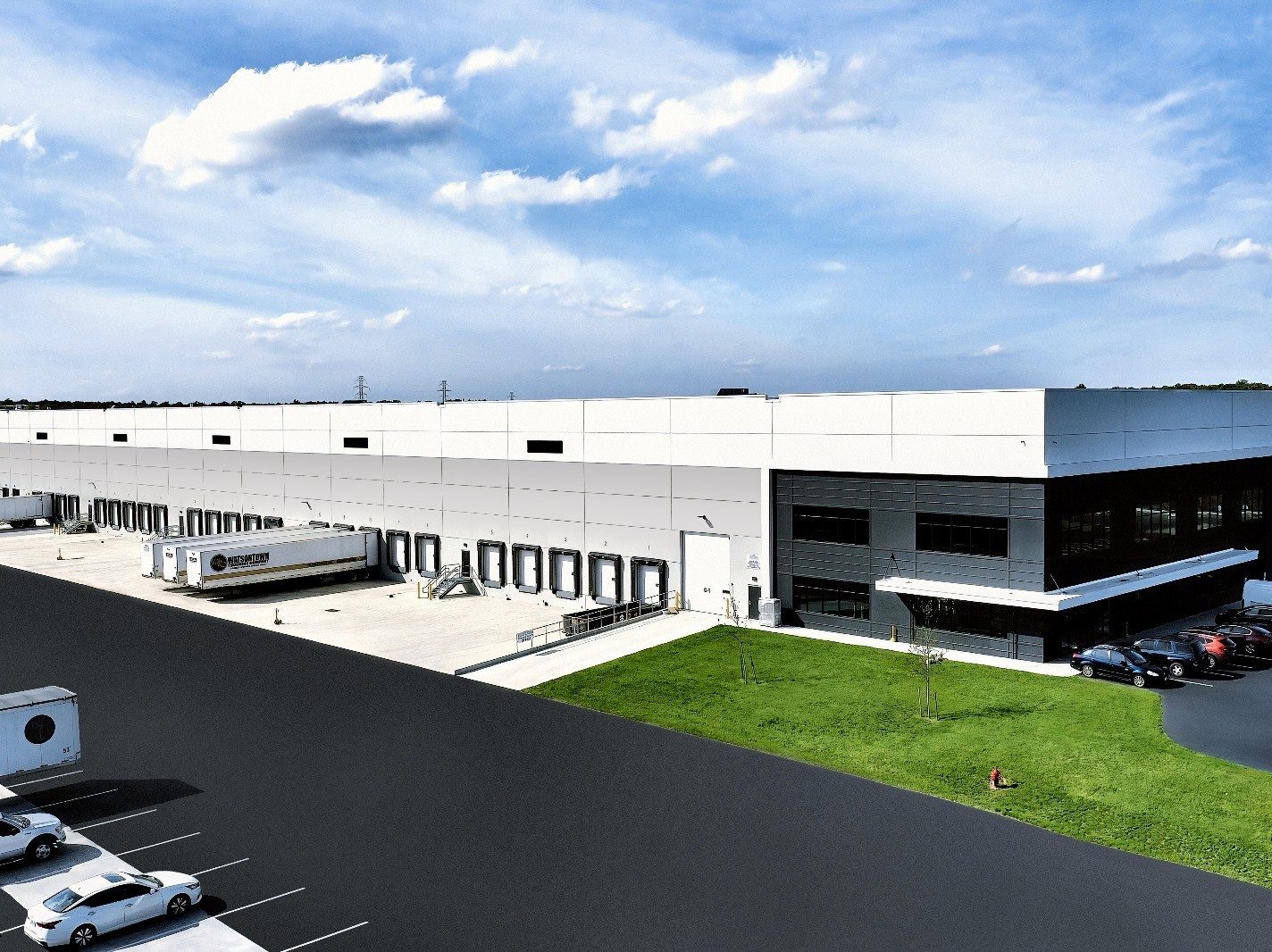
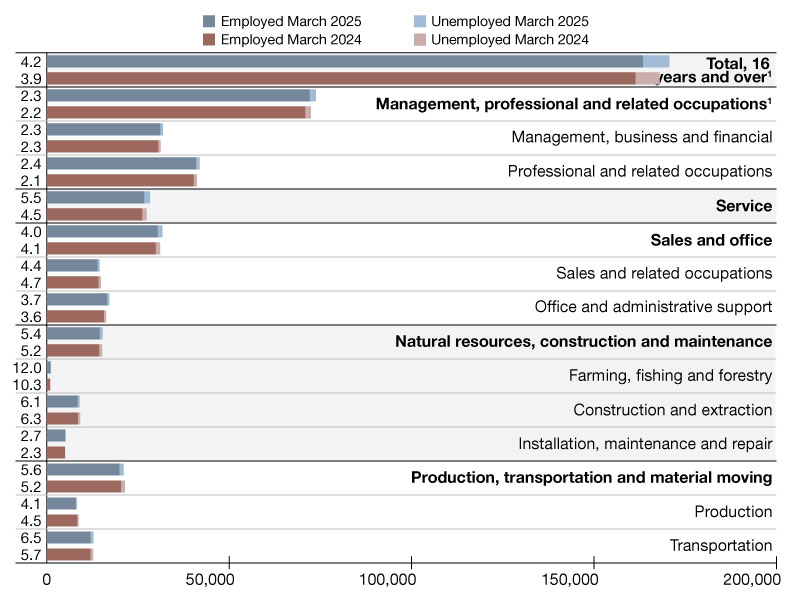
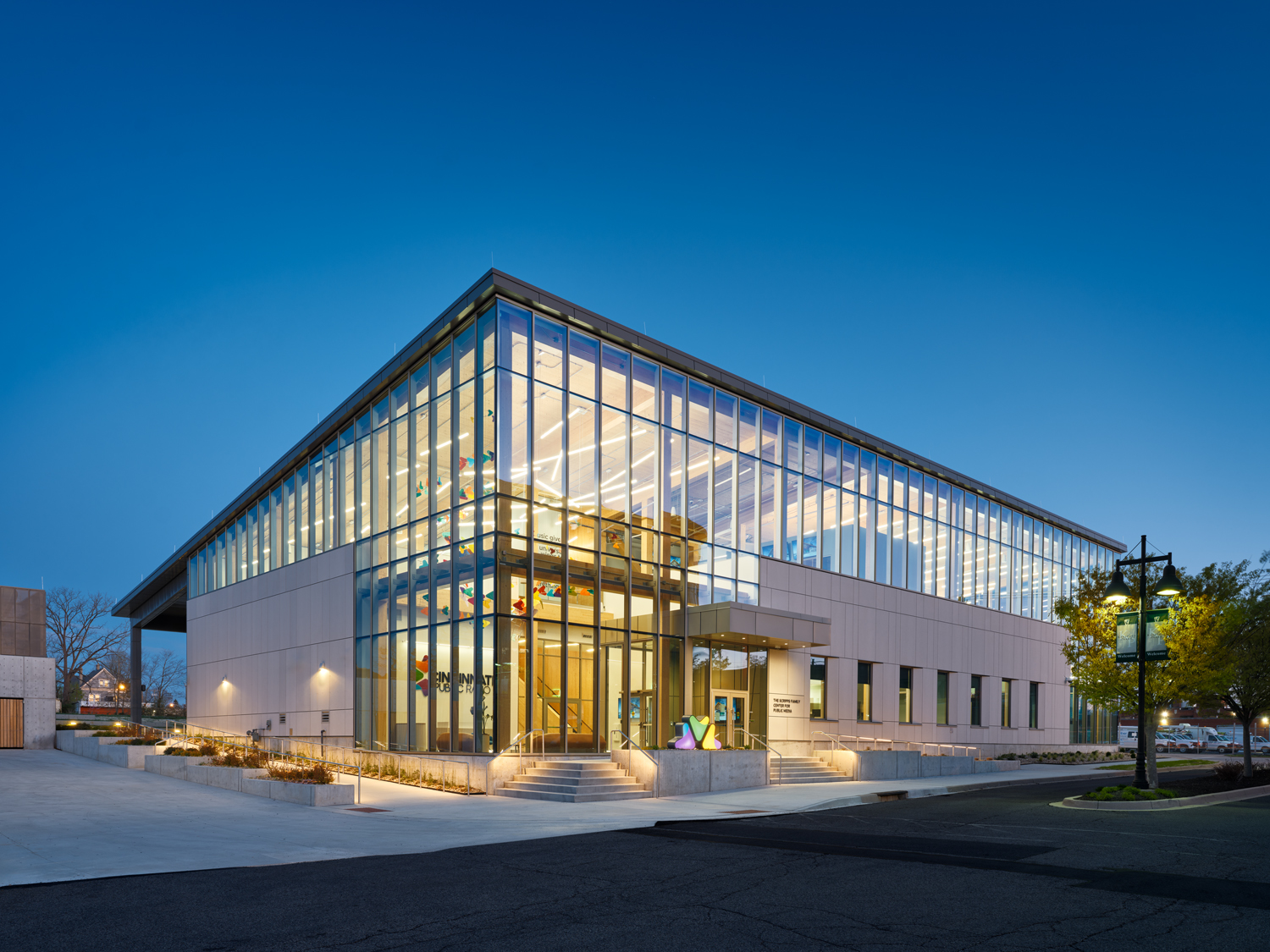
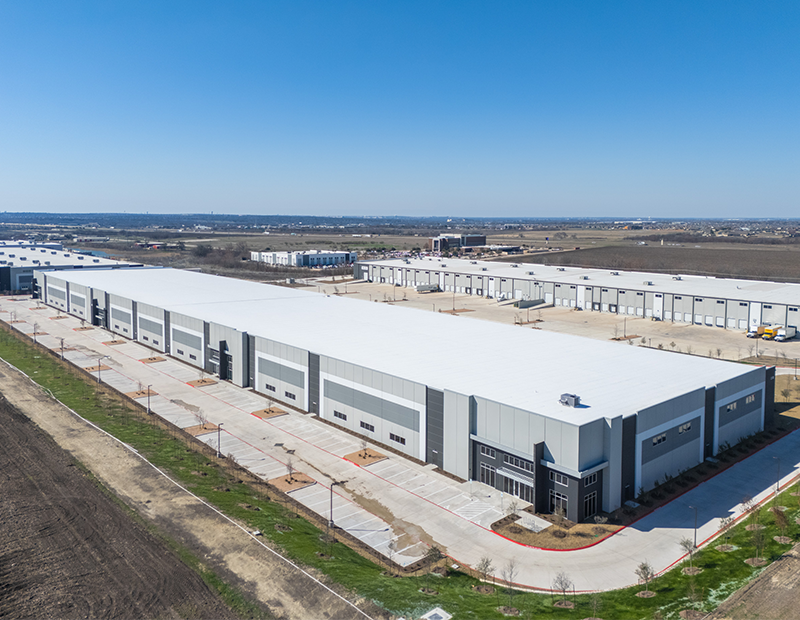
You must be logged in to post a comment.